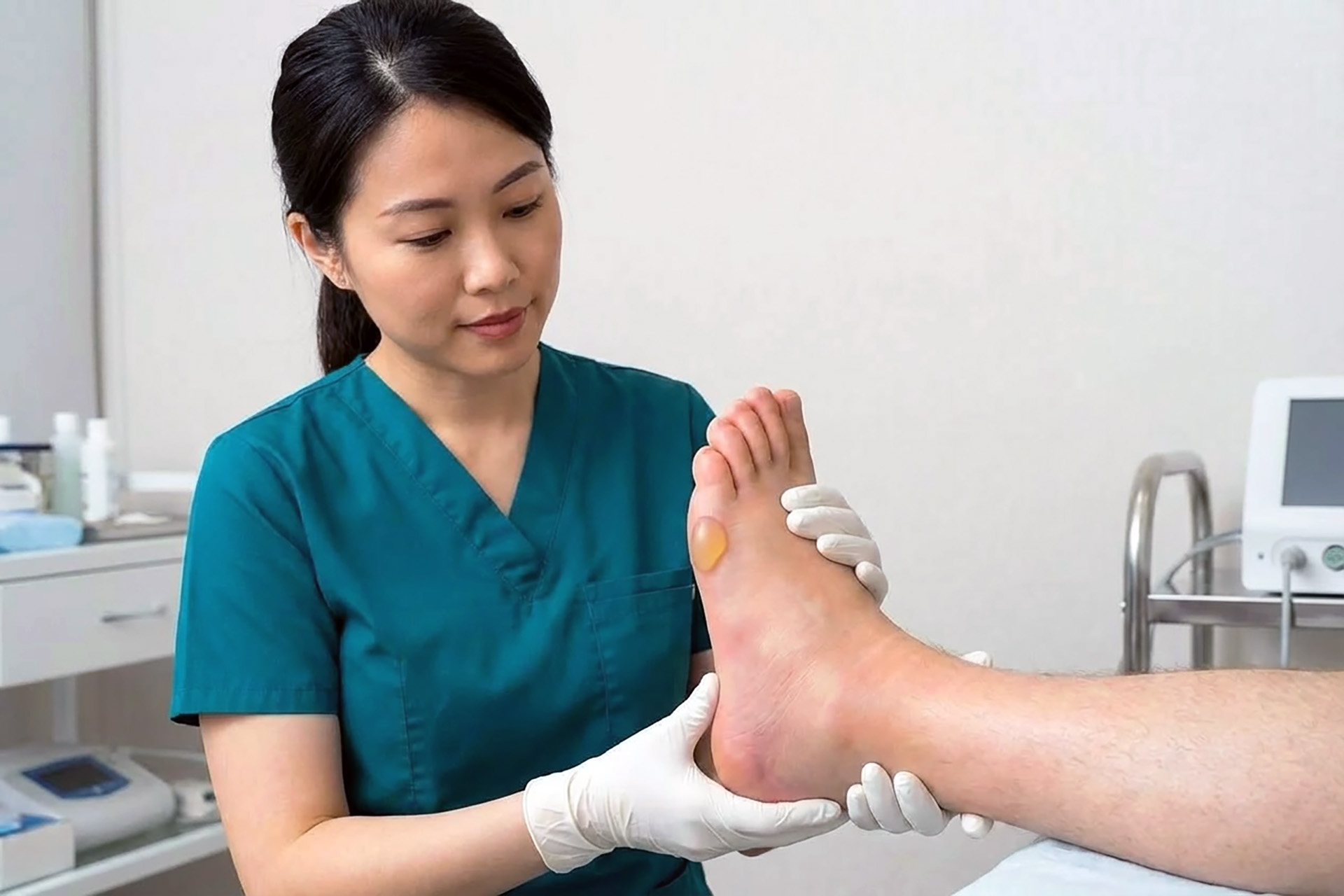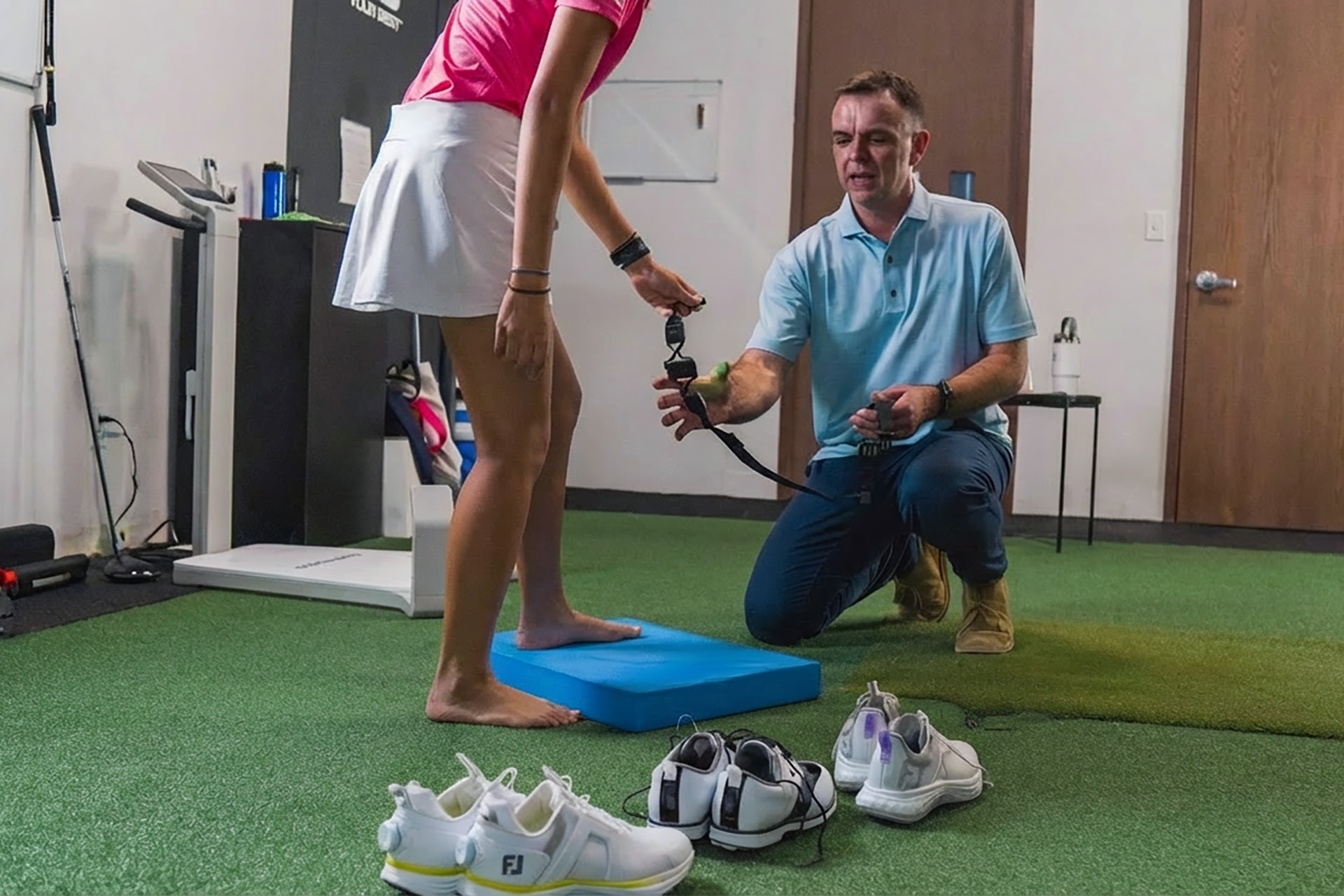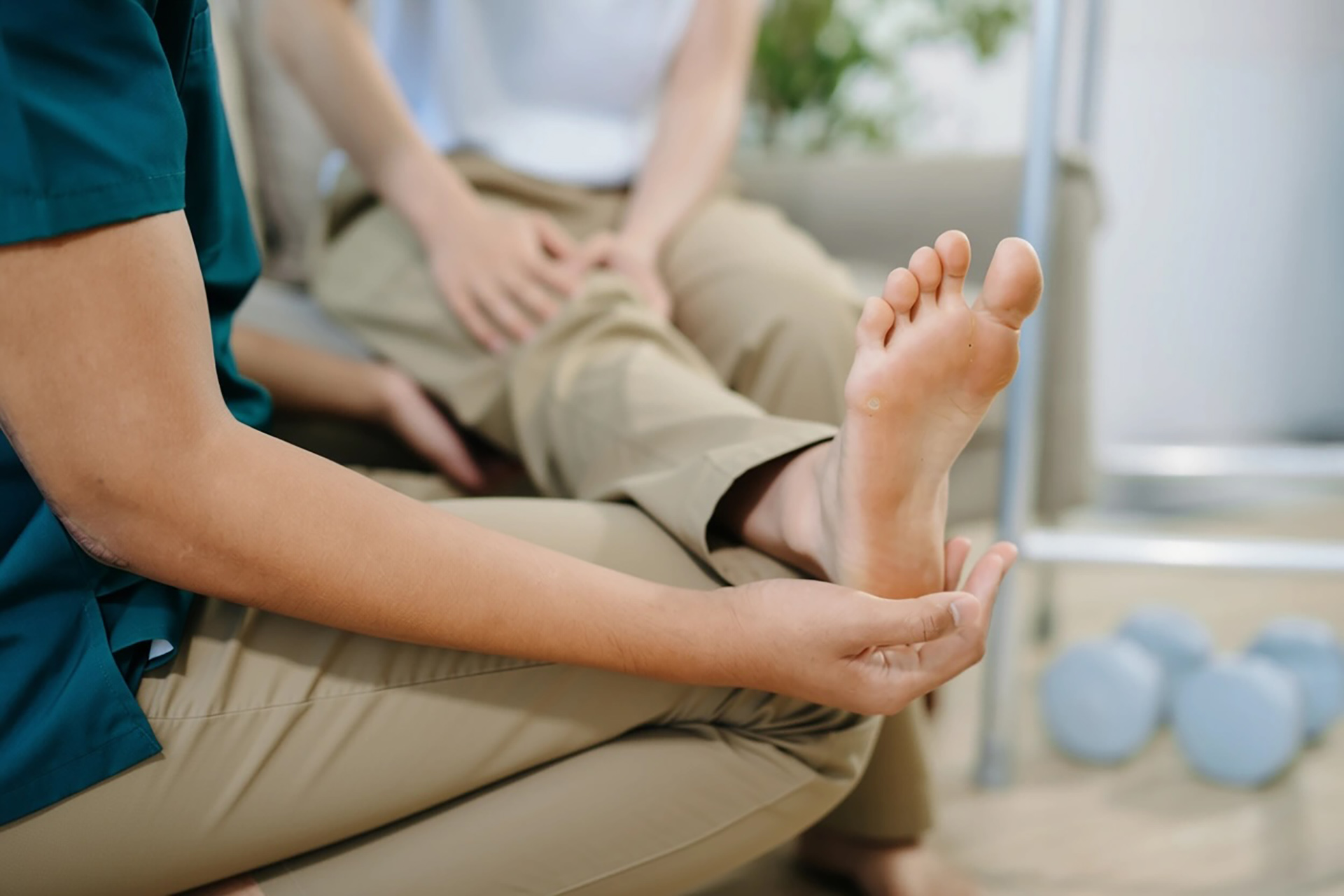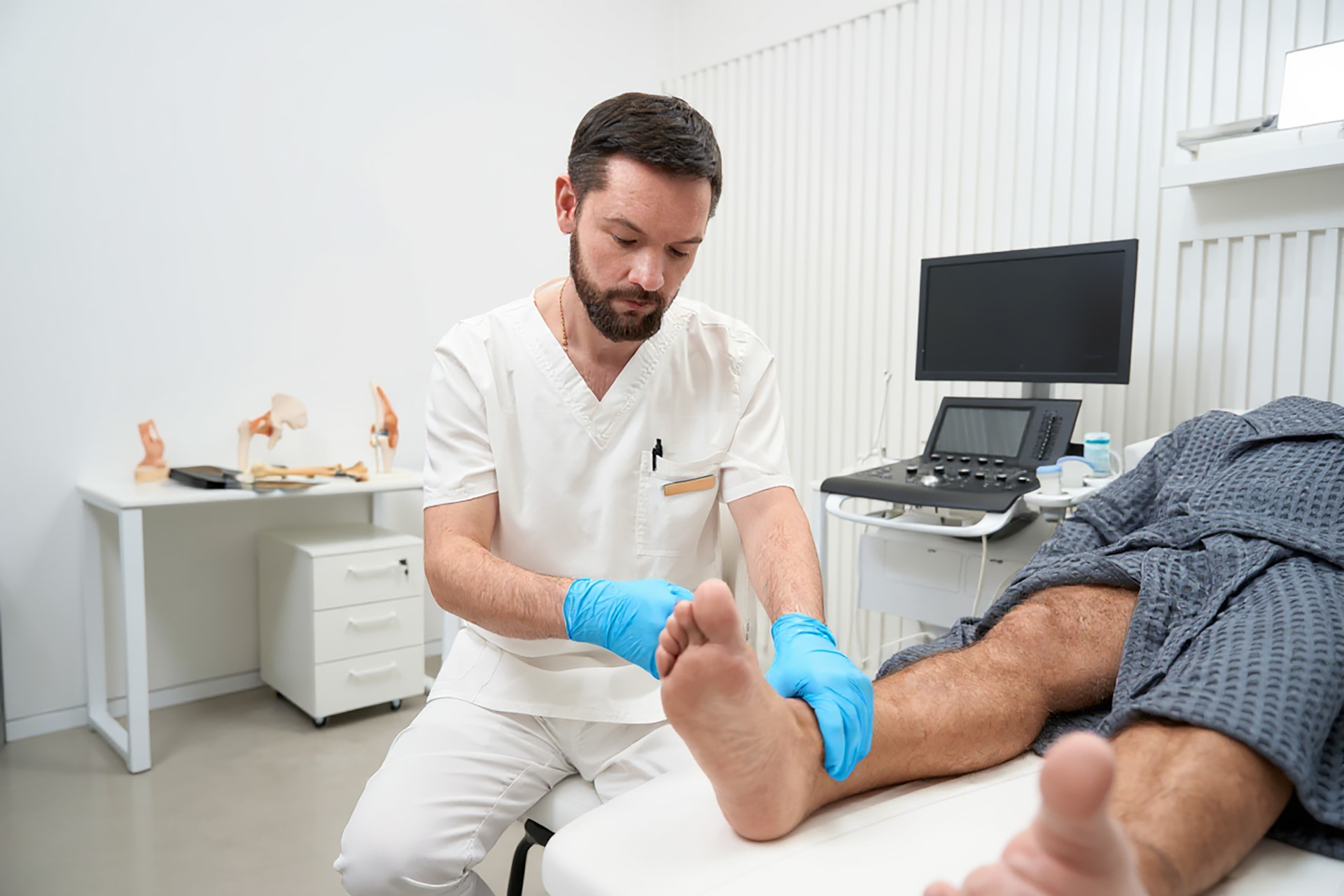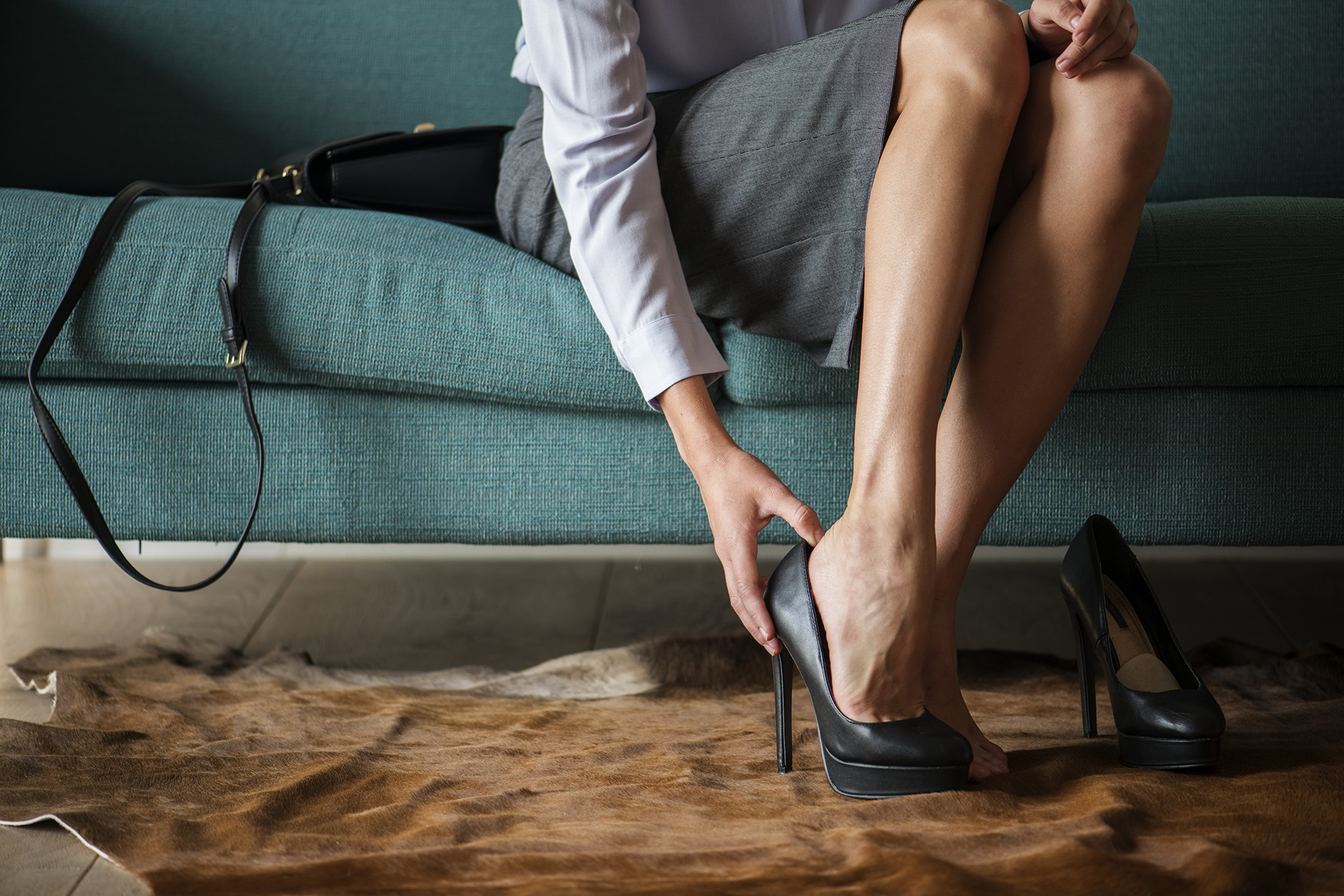Foot deformities can significantly impact mobility, balance and quality of life. Among these, claw toe is one of the more challenging conditions, often causing pain, stiffness and noticeable changes in the position of the toes. Claw toe can affect multiple toes simultaneously, often involving the second, third, and fourth toes, which can further impact walking, balance and the appearance of the foot.
At The Foot Practice, we take a holistic, medically grounded approach to managing claw toe, combining early detection, biomechanical assessment and tailored therapies to prevent long-term complications.
What Is Claw Toe?
Claw toe deformity is a common condition where the smaller toes bend downward at the middle and end joints, forming a claw-like shape. This abnormal toe positioning often affects multiple toes. It can cause the tips to press against the inside of shoes, leading to painful corns, calluses, and discomfort during walking or running.
The condition typically develops due to muscle and tendon imbalances in the foot. It may be linked to nerve damage from conditions such as diabetes, stroke or inflammatory diseases like rheumatoid arthritis. Ill-fitting footwear, especially shoes with tight toe boxes or high heels, can exacerbate the problem by increasing pressure on the toes that are bent.
If not addressed early, claw toes can progress from a flexible stage, where joints are still movable, to a rigid stage, where the deformity becomes fixed. At this advanced stage, mobility is often impaired, and everyday activities may become painful. Prompt diagnosis and treatment are crucial for preventing long-term complications and preserving foot function.
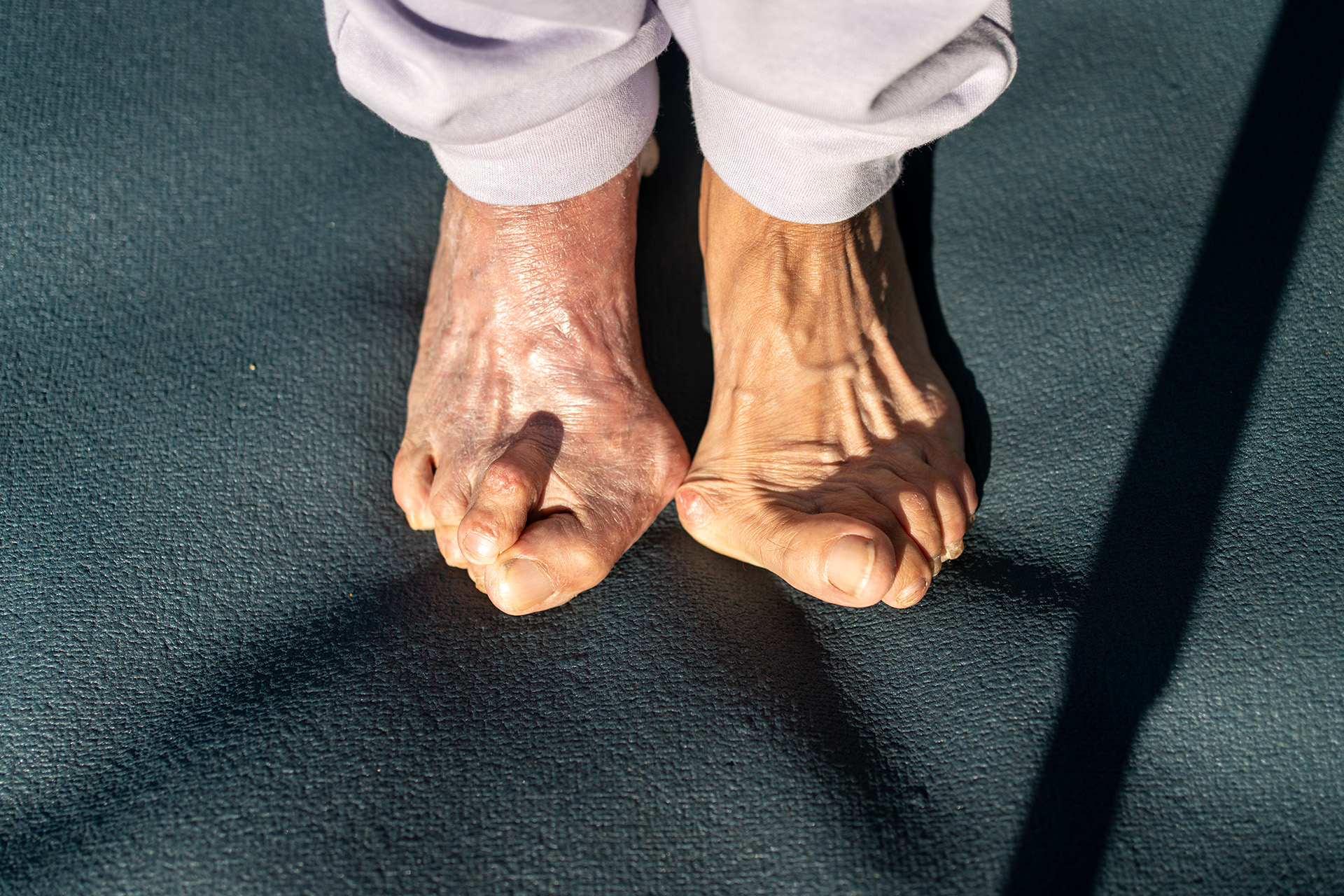
Claw Toe Causes and Risk Factors
Claw toe causes are varied. The most common contributor is muscle imbalance, where the muscles on the top of the foot overpower those on the bottom of the foot. Neurological conditions such as cerebral palsy, stroke and Charcot-Marie-Tooth disease are often associated with clawing of toes due to impaired muscle function. Neurological disorders can weaken the foot muscles, leading to deformities such as claw toes. Weak muscles in the foot can also contribute to the development of claw toes by failing to stabilise the toe joints properly. Other causes of claw toe include diabetes, rheumatoid arthritis, trauma, and poorly fitting shoes that place constant pressure on the toes.
Genetics can also play a role. People with high-arched feet or flat feet are more prone to claw-foot deformity due to abnormal weight distribution and tendon strain. In many cases, pinpointing the exact cause of toe clawing is challenging. Some attribute claw toe to footwear choices, such as tight shoes or high heels, as well as underlying conditions like nerve damage. Identifying the contributing factors is crucial to developing an effective treatment plan for claw toes.
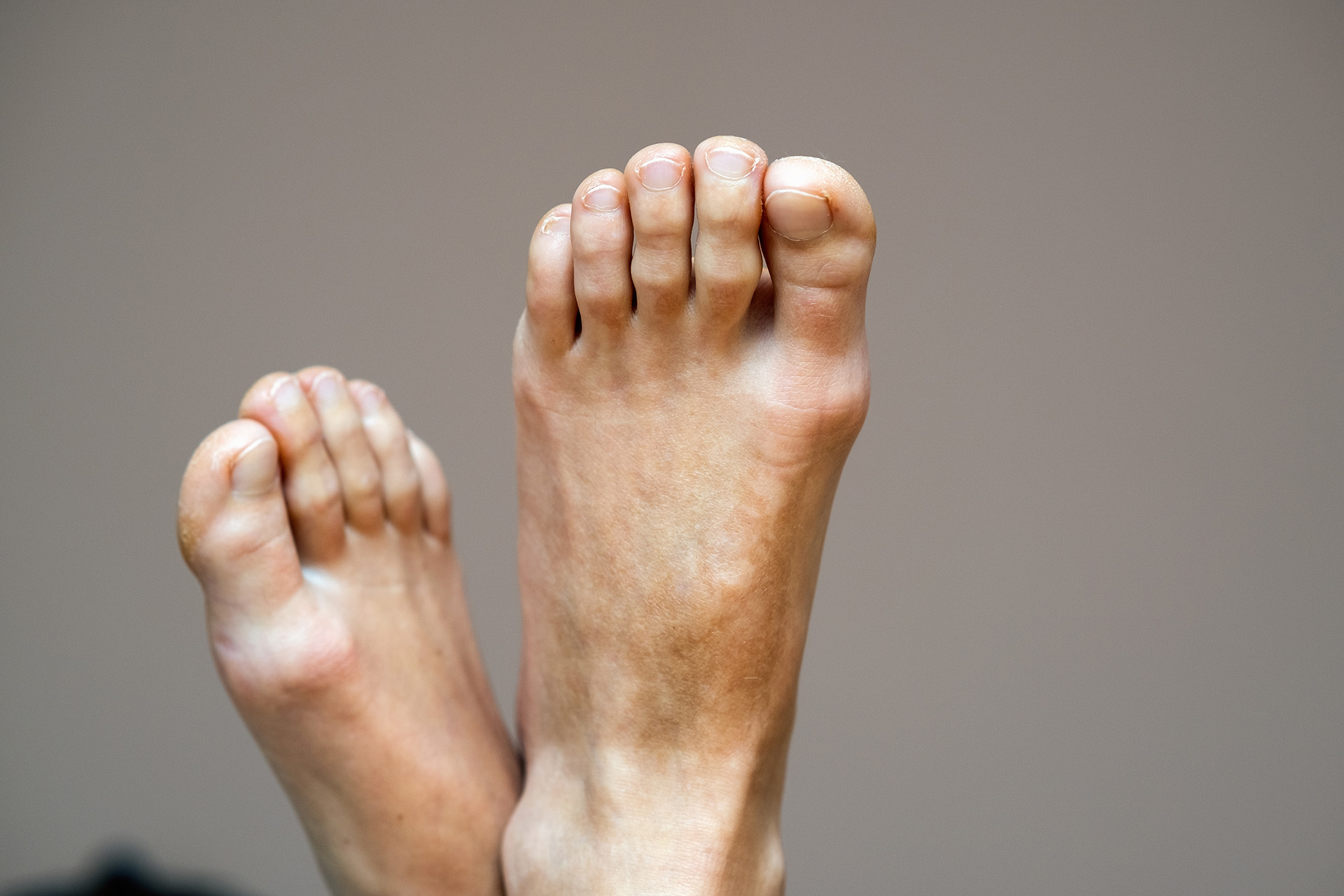
Early Signs and Symptoms of Clawed Toes
Recognising the early symptoms of claw toe is essential. In the flexible stage, the toe joints can still move, though stiffness may be present. This is the ideal window for conservative intervention. Common signs include toe clawing that worsens when wearing shoes, visible curling of the toes, calluses, corns (often developing on the top of the toe), blisters, and general discomfort in the forefoot. Pain, calluses, blisters, and sores can develop on the affected toe, making it essential to identify which toe is impacted for proper treatment. The abnormal position of the toes can result in painful calluses due to pressure and friction from footwear.
As the condition progresses to the rigid stage, the toes may become fixed in a curled position, leading to further complications such as increased pressure on the ball of the foot and instability while walking. The longer the condition goes untreated, the more likely it is to require surgical correction.
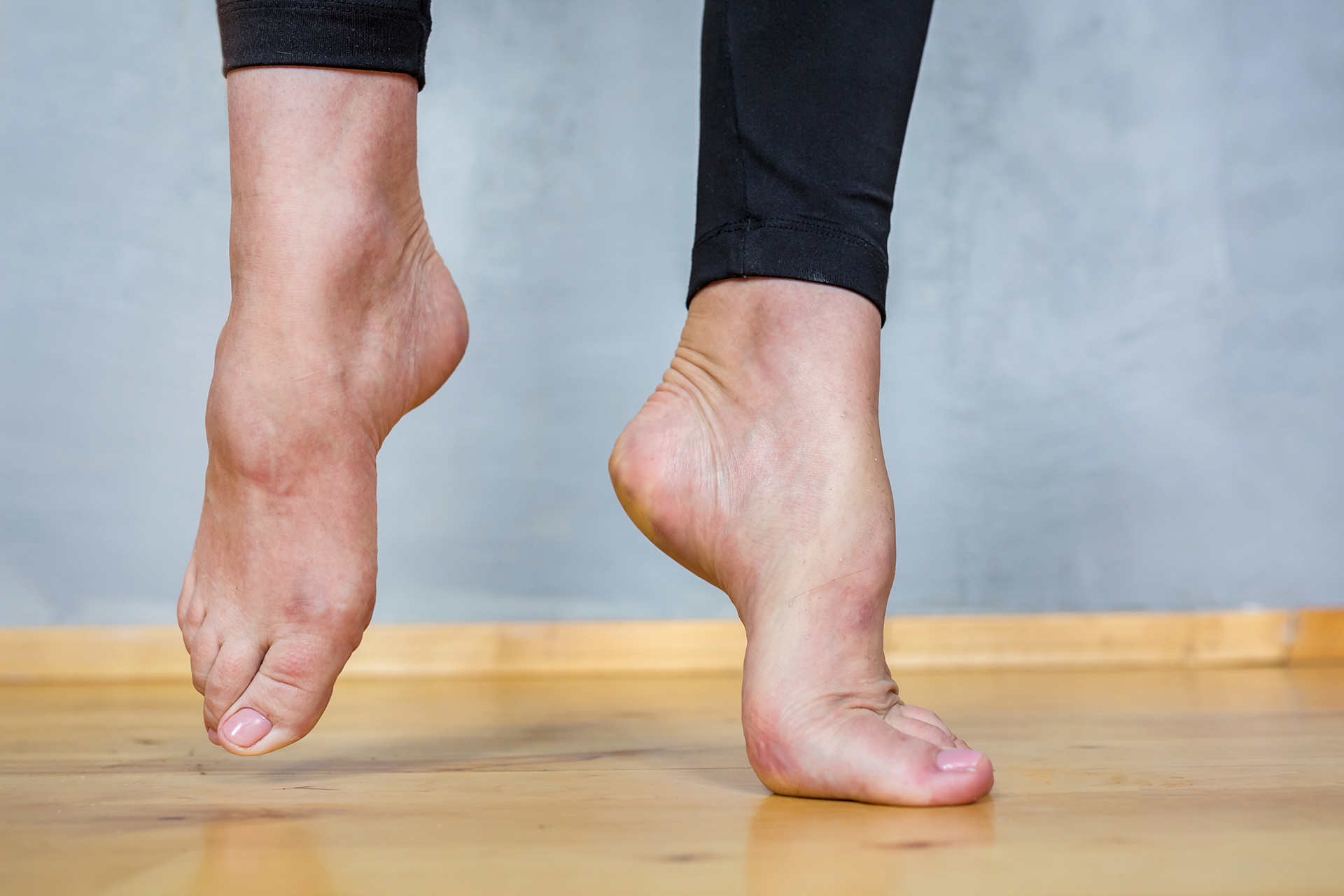
Types of Toe Deformities: Claw, Hammer and Mallet Toes
Claw toes are often confused with other toe deformities. The big toe has only two toe joints, while the other toes have three, and deformities like claw, hammer, and mallet toes affect these toe joints and the underlying toe bones (phalangeal bones) differently. Each condition causes discomfort and difficulty walking, but treatment options differ.
While claw toes involve both the middle and end toe joints bending downward, hammer toe specifically affects the middle toe joint, causing it to rise upward. Mallet toes involve the end toe joint bending downward without involving the joint above it.
Proper diagnosis by a podiatrist is essential to ensure the right intervention is prescribed for claw feet or other related deformities.
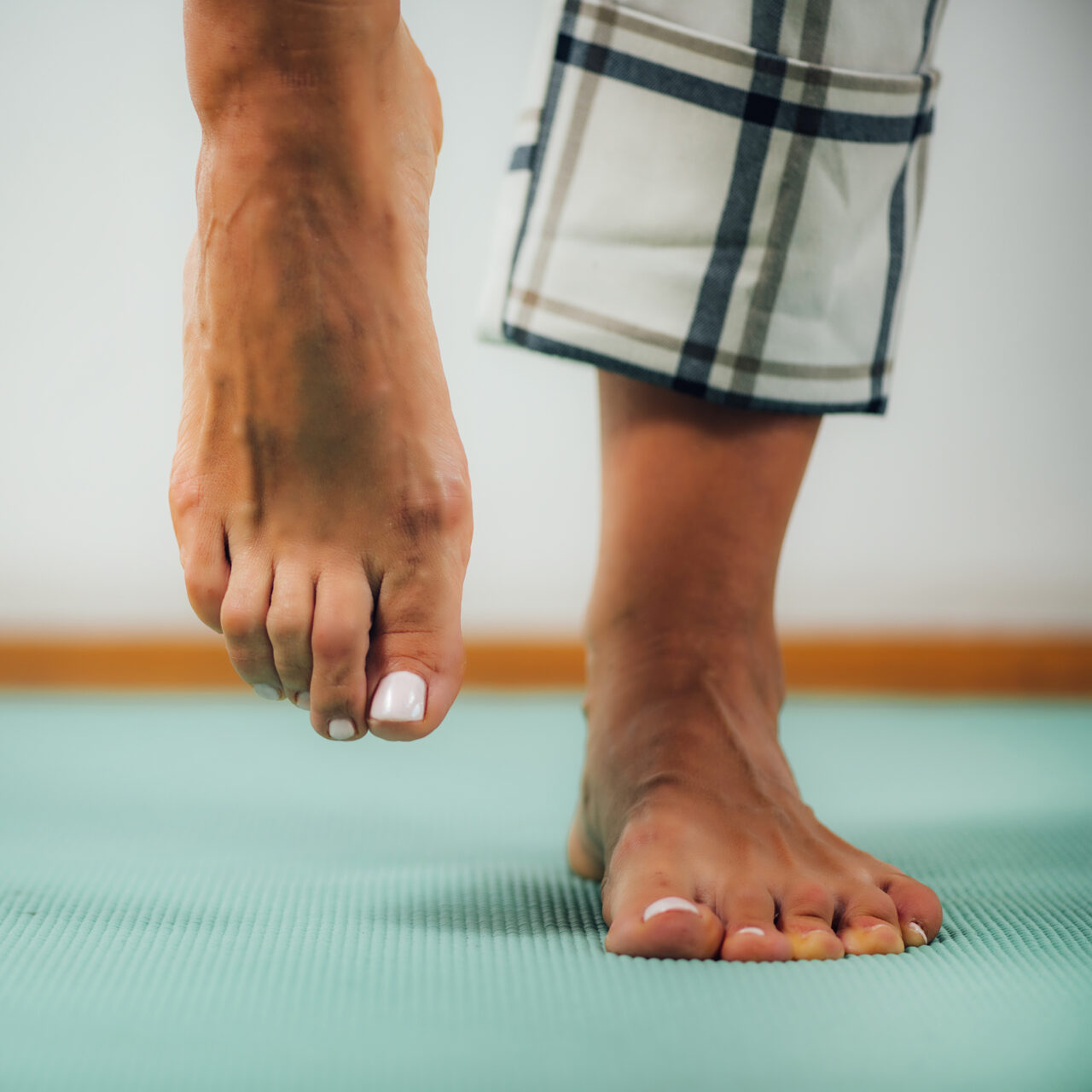
Diagnosing Claw Toe and Understanding Its Consequences
Claw toe is considered a common foot deformity, characterised by abnormal toe bending that can result in painful calluses and may become permanent if not treated. A podiatrist typically diagnoses claw toe through a physical examination and a review of your medical history. In some cases, imaging such as X-rays may be used to assess joint health and rule out other conditions.
If claw toe is left untreated, it can lead to chronic pain, friction-induced ulceration, and balance issues that increase the risk of falls. Early diagnosis and intervention can dramatically improve treatment outcomes and quality of life.
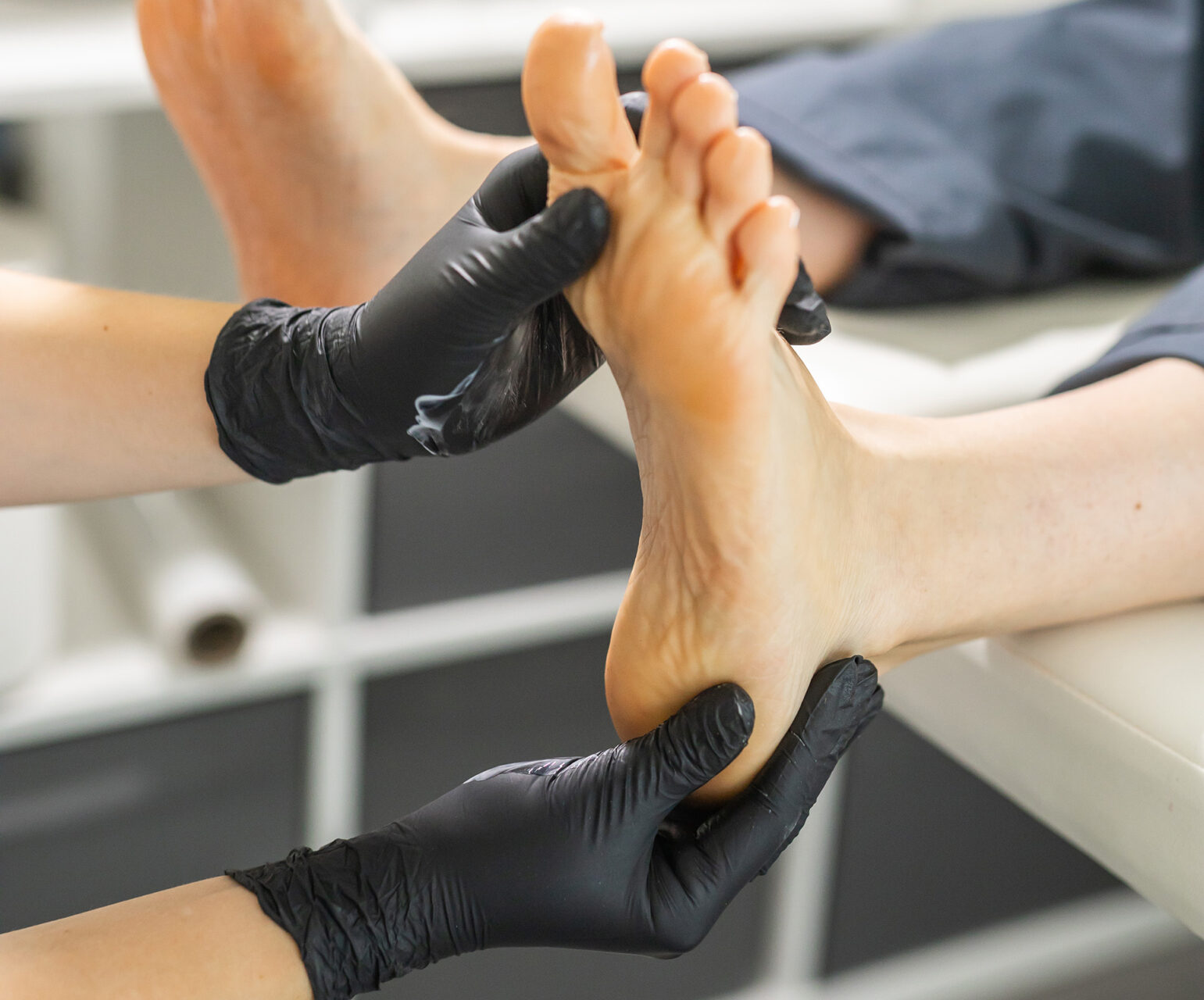
Non-Surgical Management of Claw Toe
At The Foot Practice, we prioritise conservative, non-surgical approaches to managing claw toe, particularly in the early, flexible stage when the joints are still movable. The goal is to relieve discomfort, restore mobility, and prevent the deformity from progressing to a rigid, fixed state.
The intervention begins with a personalised care plan that often includes footwear assessments, helping patients select shoes with roomy toe boxes, soft materials and supportive arches. Tight shoes can aggravate clawing of the toes, so avoiding narrow or high-heeled footwear is crucial. In some cases, shoe modifications such as stretching the toe box or adding custom toe pockets can be arranged through a shoe repair specialist to accommodate the affected toes.
Custom orthoses are another key element designed to improve foot biomechanics, redistribute pressure, and support better alignment during movement. Insoles and claw-toe splints offer additional cushioning and help maintain proper toe positioning, particularly during physical activity. Taping techniques may also be used to guide toe placement and enhance stability.
To address the underlying muscular imbalances that often cause claw foot deformity, we integrate foot mobilisation exercises and targeted stretching routines. These movements strengthen the intrinsic foot muscles and enhance joint flexibility. In some cases, Shockwave Therapy or Dry Needling is incorporated to reduce pain and stimulate healing in chronically strained tissues.
Alternative therapies, such as physical therapy, can be particularly effective in focusing on restoring muscle control and flexibility. Regular toe exercises at home also play a role in maintaining joint movement and alleviating stiffness.
Early and consistent intervention is crucial to the success of claw-toe treatment. By addressing footwear, foot mechanics and muscle function together, non-surgical management can slow or stop the progression of clawed toes and preserve long-term foot health. If these methods prove insufficient or the deformity becomes fixed, surgical options may be explored.
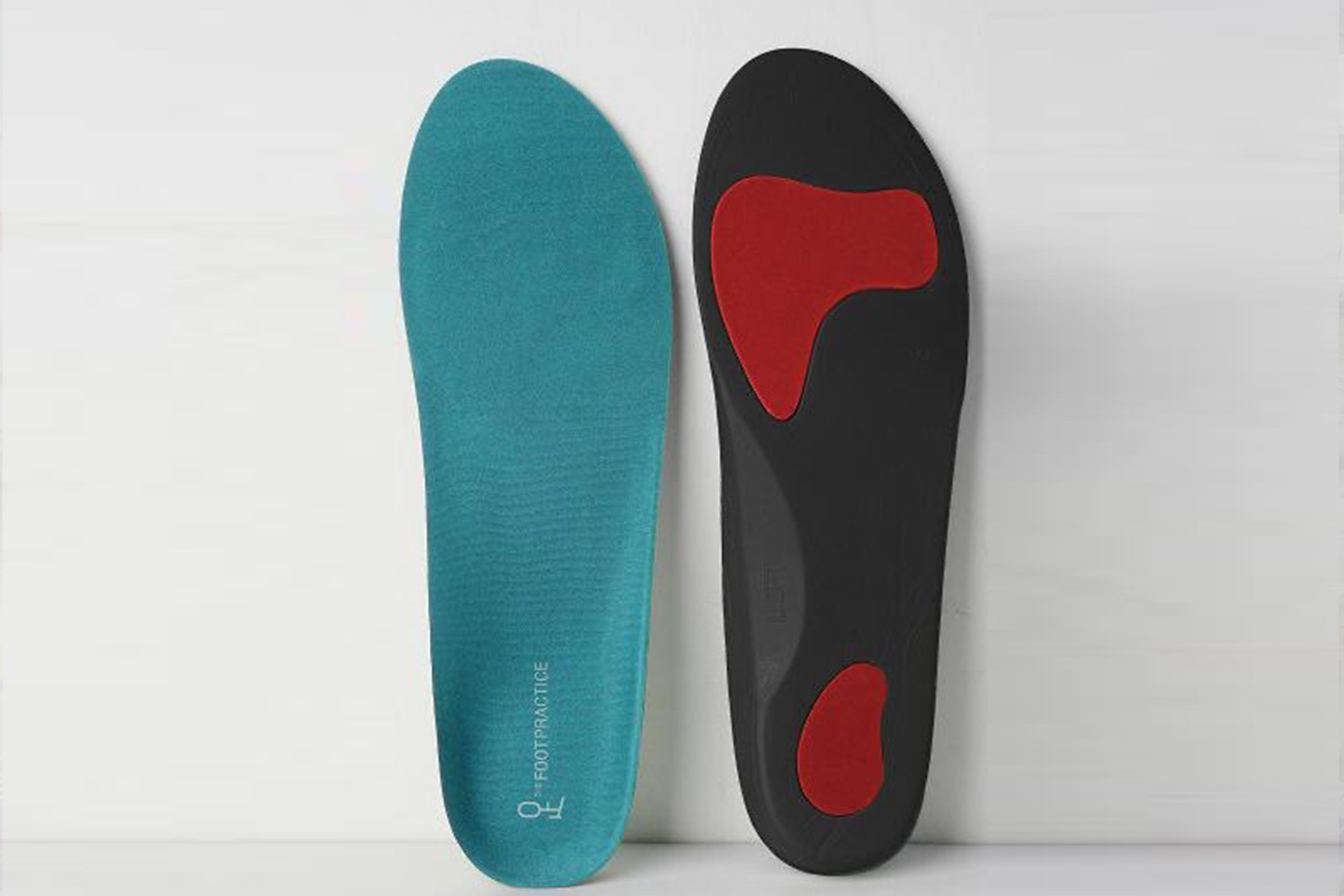
Surgical Treatment for Rigid Claw Toes
In cases where the condition has progressed to the rigid stage, and conservative treatments no longer provide relief, claw toe surgery may be necessary.
Surgery is often required for rigid deformities that cannot be corrected with non-surgical options. In contrast, flexible deformities can usually be managed with less invasive procedures, such as tendon lengthening or rerouting. Surgical options depend on the severity of the deformity and may include tendon lengthening for flexible deformities, realignment or shortening of the toe bones, or intervention at the toe joint.
For severe or rigid deformities, toe fusion is performed to permanently set the toe in a straight position and prevent further deformity. During the healing process, a steel pin may be used as a temporary fixation method to maintain the toe in proper alignment.
The goal of surgery is to restore a more natural toe alignment, relieve pain, and improve function. Post-surgical rehabilitation is important and often includes physical therapy to aid recovery and prevent recurrence.
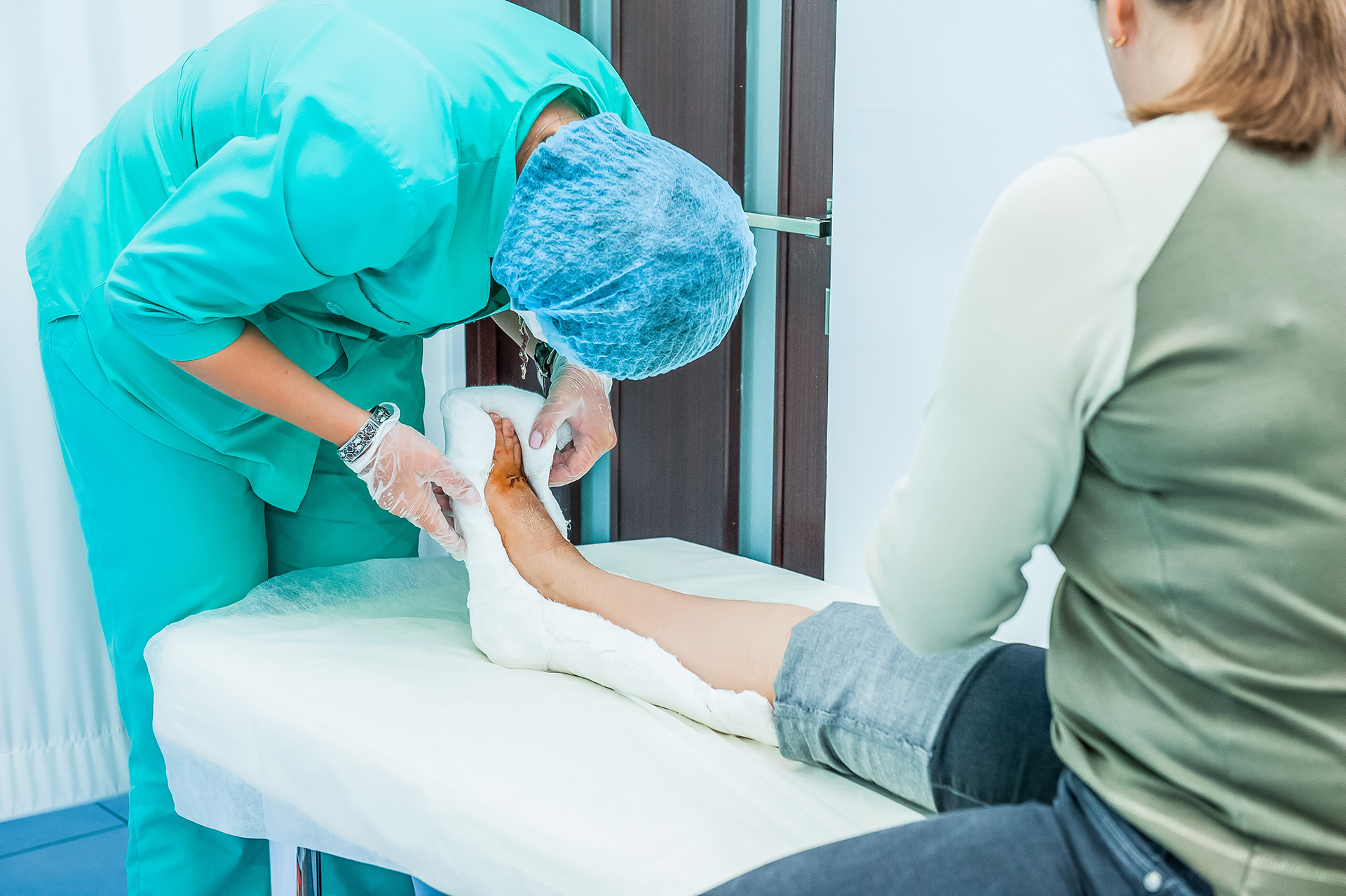
Prevention and Long-Term Management
Preventing the development or progression of claw toe involves several key strategies. Wearing properly fitted shoes with ample toe room and low heels helps prevent abnormal pressure on the toes. Avoiding high heels and narrow shoes is especially important.
Strengthening and stretching exercises, such as toe curls and gripping movements, can improve muscle balance. For individuals with bunions, corns or calluses, managing these conditions early can reduce the risk of compensatory changes that lead to clawing of the toes.
Our podiatrists also offer the RehaWalk® pressure sensor treadmill gait analysis to identify imbalances in foot mechanics that may contribute to toe clawing. This comprehensive diagnostic tool helps us tailor a claw-toe correction plan that addresses not only the toes but the entire lower limb function.
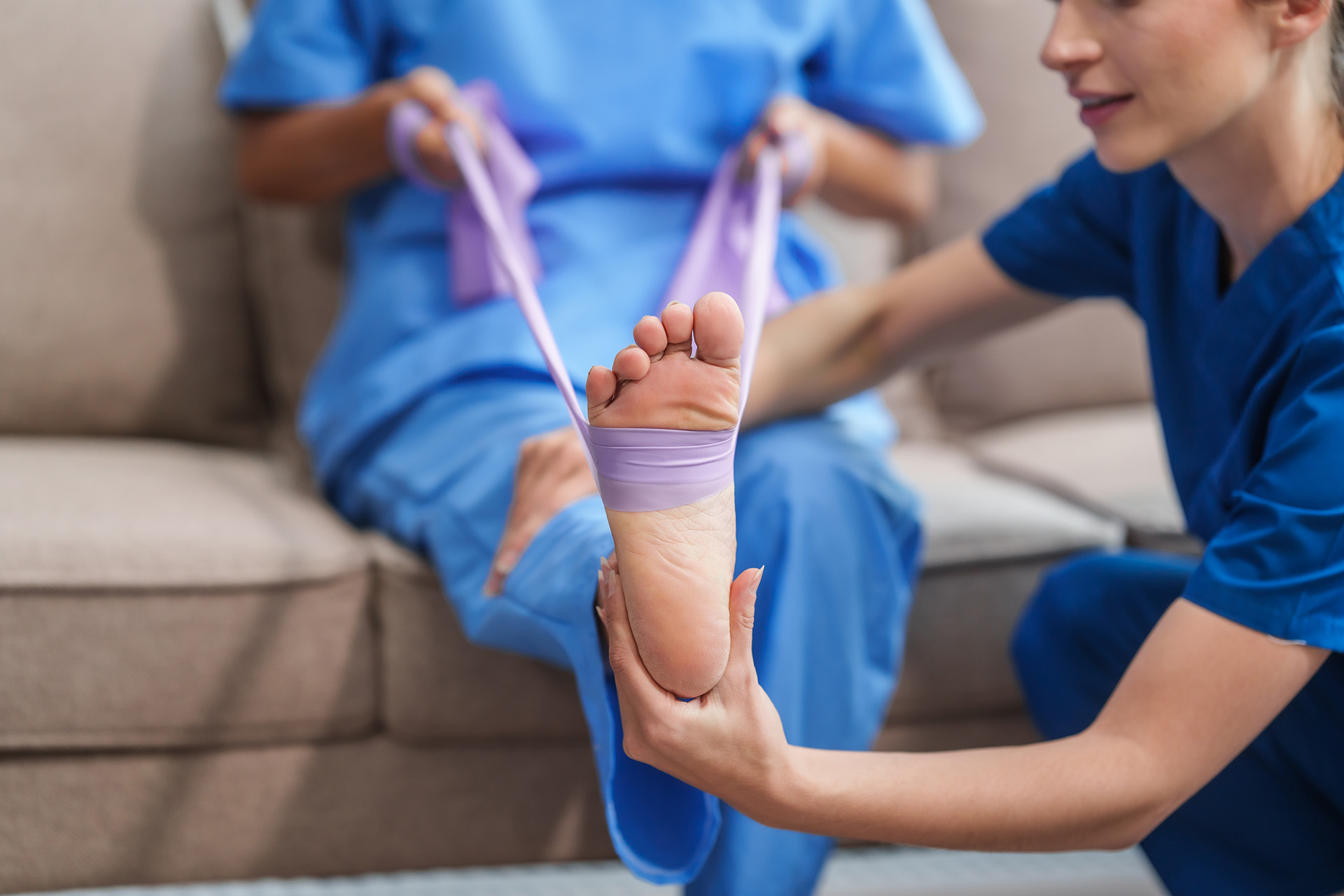
Outcomes and Expectations
Claw toe treatment outcomes depend on the severity of the condition and the type of intervention chosen. Non-surgical approaches can significantly reduce pain and slow, or even stop, progression. However, in cases where deformity is advanced, surgery may offer the best chance for lasting relief.
Having realistic expectations and following your podiatrist’s recommendations are key. Ongoing care, including the use of orthoses and regular check-ups, helps prevent recurrence and maintain your overall foot health.
Foot Care, Hygiene and Financial Considerations
Good foot care is essential. Washing and drying your feet daily, trimming your toenails straight across, and checking regularly for corns, calluses, or sores can help prevent complications.
Financially, treatment options range from relatively affordable orthoses to more costly surgical interventions. Insurance coverage varies, so we recommend discussing your policy with our administrative team during your initial consultation.
Take the First Step Toward Relief
Living with a claw toe can be painful and frustrating, but with proper care, it doesn’t have to limit your lifestyle. At The Foot Practice, we offer expert diagnosis, advanced treatment options and long-term management strategies tailored to your individual needs.
If you are experiencing toe clawing, discomfort when walking, or changes in foot shape, do not wait. Schedule a consultation with our experienced podiatry team at The Foot Practice today.


